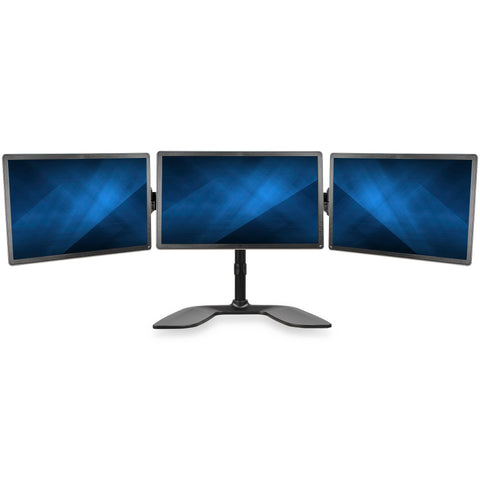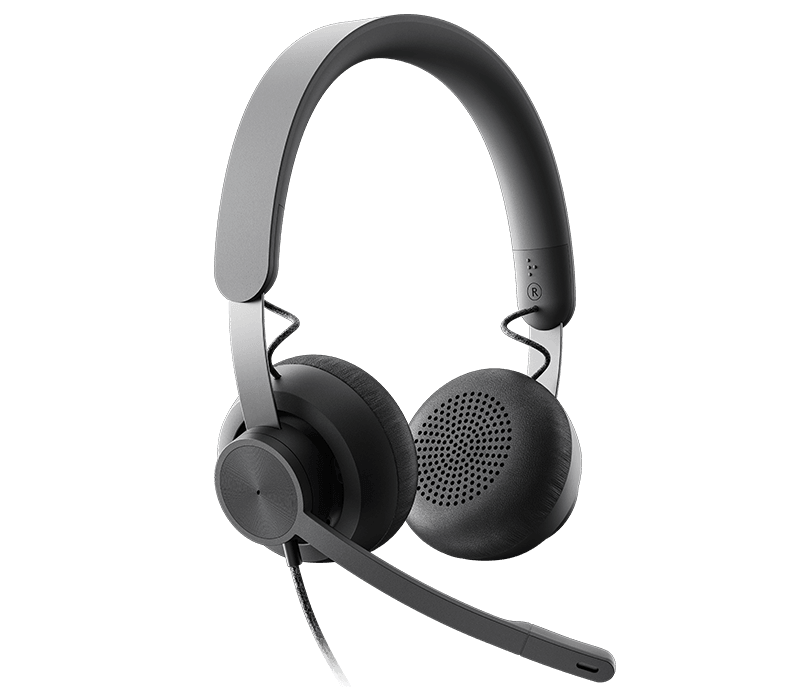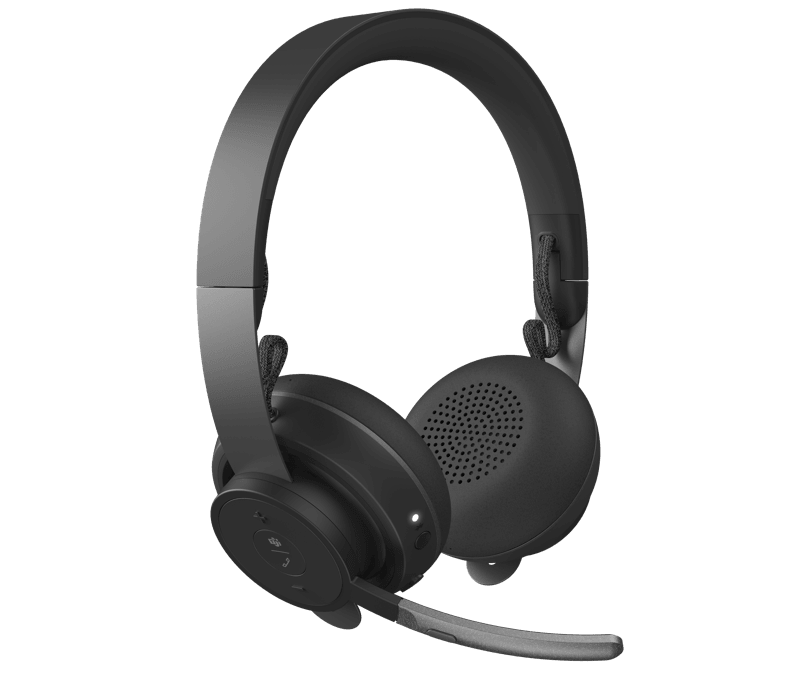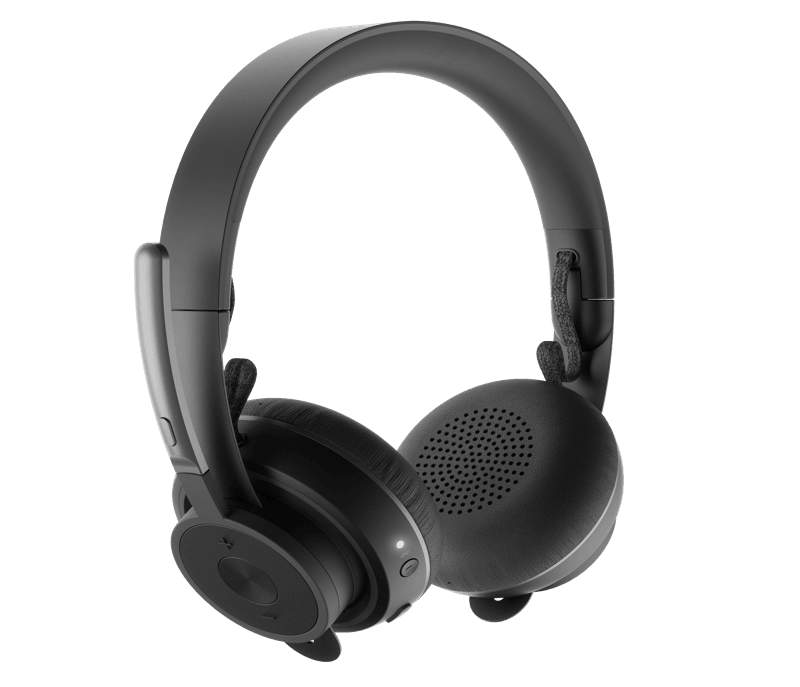In just a few short months, disruptive forces have altered the way we work and live. Offices and shops were forced to shut temporarily with little warning. Not all businesses were prepared to transition their workforces to a predominantly work-from-home arrangement, but in just a matter of weeks, the percentage of employees working from home globally increased exponentially — from an estimated 5% last year to a high of 60%.1 How are employees managing this abrupt change to their work lives, amid equally disruptive changes to their daily lives? And what are organizations doing to support employees as they adapt to these new ways of working?

Maintaining a healthy work environment where you live has become a priority for many of us this year. For those who are not tech-savvy, deciding on the products that will best fit your needs and create the most productive space can be overwhelming.
According to a 2020 Forrester report on ‘How to Optimize Your Hybrid Workforce’, 80% of users believe that a larger display monitor would positively affect their work performance. It’s no surprise that the desktop monitor for the home office has been such a trend this year, so I want to explore how using a desktop monitor can positively impact your workday.

A multi screen productivity study conducted by Wichita State University and commissioned by Dell Technologies found that participants were able to complete jobs quicker and more accurately when pairing a laptop with a desktop monitor as opposed to using a monitor alone. One simple reason is the reduced need to switch windows: dual monitor users switch windows 15% less frequently than single monitor users. 15% might not sound like much but think of it this way: saving even five minutes per task can give you close to an hour back every day. And in a world where our home and work lives are becoming increasingly blurred, that hour could make the difference between balance and burnout.

We typically spend a third of our day in front of screens, which can have a tremendous impact on health and productivity. It may seem obvious, but laptops are not ergonomically designed for prolonged use – they are intended to be used on the move, or when a desktop/monitor setup isn’t available. Desktop monitors allow for better ergonomics, so using one could contribute to a reduction in fatigue and instances of back and neck pain. However, like other electronic devices, monitors emit low blue light that can strain your eyes when viewed over extended periods. It is, therefore, essential to choose monitors with low blue light and flicker-free technology for optimal eye comfort.















